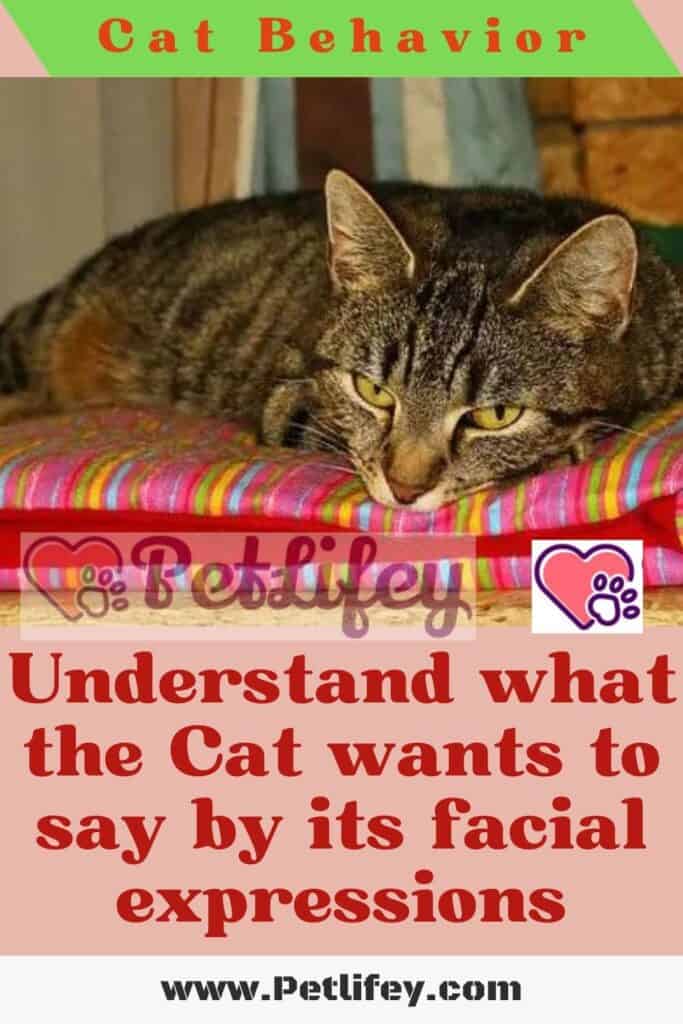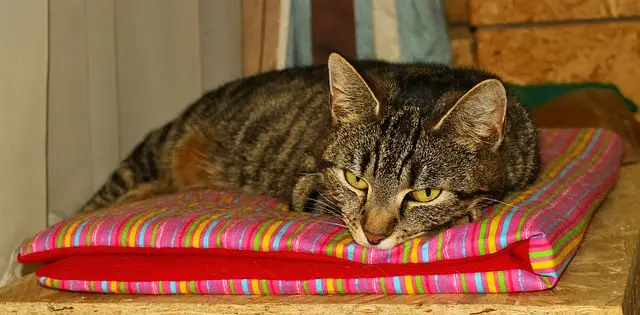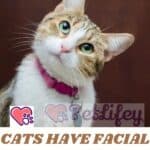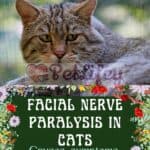This manual will teach you to interpret your cat’s face in six steps: from a state of relaxation or interest, to others of stress or fear.

What does the cat say to me with that face? What does your feline express with the position of its ears, the placement of its whiskers or the height of its head? Cats speak a language other than ours, which includes sounds, ear and whisker positions, feline purrs , body gestures, postures, eye opening, and moods. But this is not an impediment to learning to communicate with our felines. Here you have eloquent photos to learn to read feline facial gestures and a manual for interpreting your cat’s face in six steps : from relaxed, to alert or about to flee in fear .
Communicate with the cat: learn to interpret its face

Cats use different body postures to express and transmit their emotions.
The face of a cat is one of the most expressive parts of its body and that gives us more information about the mood, intentions and communication needs of our cats. Cats have a wide range of facial expressions that they use to communicate with other felines and with their humans; learning to interpret them is very useful for detecting problems, ailments and even preventing behavioural problems early.
Let’s pay attention to the cat’s pupils, its ears and even the feline whiskers , because they will be giving us a lot of relevant information about the feelings of our cats.
Below you will find a simple guide to learn how to interpret your cat’s face, in six steps: from a relaxed cat to when our furry friend feels stress or fear.
1. The face of a relaxed cat
The head of a relaxed cat will be resting on a surface : a bed, the sofa or delicately on its front legs. The cat’s eyes are closed or open, in the latter case, not excessively; and his pupils, relaxed.
Both the ears and whiskers of the cat are in their normal position or slightly forward. The cat either does not vocalize or emits a relaxing feline purr .
2. The face of an alert or interested cat
The head of an alert cat is placed on the feline body and has some movement. Its eyes are open and its pupils are still normal size.
The cat’s ears are either in their normal position or erect, slightly forward or backward. The feline whiskers are placed in their usual location or slightly to the rear. The cat may meow or emit a feline purr.
3. The face of a tense cat
The head of a cat in tension is closer to the body, the neck is reduced. The movement of the same is either reduced or disappears. The tense cat’s eyes widen and move slightly closer to each other. The pupils have been partially dilated.
The cat’s ears stand forward or back. While the feline whiskers are placed in a usual position or somewhat back. The cat may remain silent or meow, even with a plaintive sound.
4. The face of an anxious or stressed cat
The head of an anxious or stressed cat is lowered in position, until it is on the same plane as the feline body. The movement of the same is either greatly reduced or disappears. The stressed feline’s eyes widen wider, and its pupils also grow.
The stressed cat’s ears are partially flattened, as has the head. The whiskers remain in position or move forward or backward. Anxious cat remains silent or meows are plaintive sound. It can also growl and howl.
5. The face of a scared cat
The head of a cat in fear falls from position, closer and closer to the ground, and is standing. The scared feline’s eyes are wide open and its pupils dilated.
The ears of the scared cat are completely flattened and the feline whiskers are delayed. The anxious cat remains silent or meows plaintively, growls, and howls.
6. The face of a scared cat
The head of a cat drops even higher in height and is positioned below the feline body. The frightened feline’s eyes are wide open, as are its pupils.
The frightened cat’s ears have flattened all the way behind its head; just like its whiskers. The scared cat remains silent, meows plaintively or growls.
Have you learned something about your cat by reading this article and want to share it? You can do it in the comment section.






